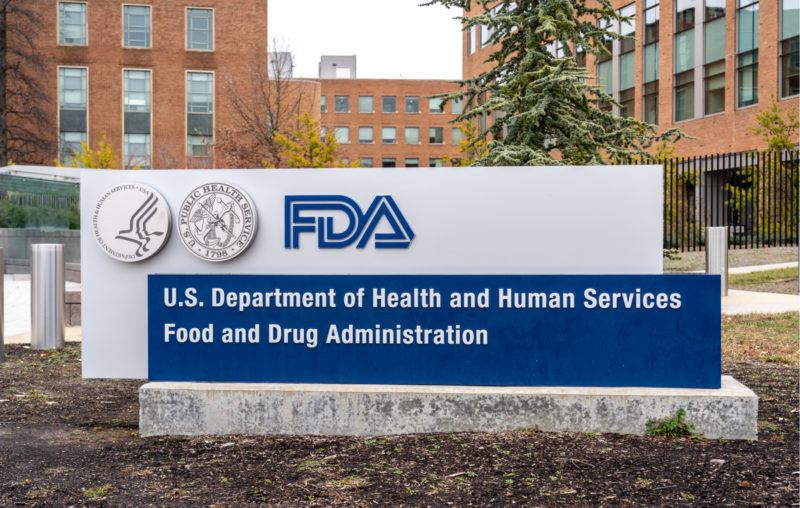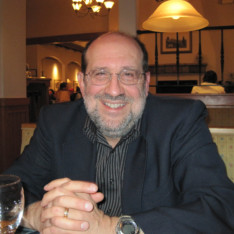Free to Choose: Human Challenge Trials for Vaccines

Henry Hazlitt, channeling Bastiat, told us that we see the bridge the government builds, but do not see the refrigerator that the baker would have bought if he had not been taxed to build the bridge. The defender of limited government has the tough task of revealing all the unseen refrigerators.
Sam Peltzman is a grand master of that task. Thalidomide was “the seen” used to justify empowering the Food and Drug Administration (FDA). The benefits of the FDA were the future thalidomides it prevented. The costs of the FDA were the future good drugs it blocked or delayed. Peltzman found credible ways to measure these “unseens,” concluding that the costs of the FDA were many times greater than the benefits.
Before he joined the faculty at the University of Chicago, Peltzman’s mentors as a graduate student included George Stigler and Milton Friedman. They were friends of my own mentor at Wabash College, Ben Rogge.
When I was an undergraduate in the early 1970s, Rogge, who would have turned 100 this year, invited Friedman to return to Wabash to speak. Years earlier, Friedman had given lectures at Wabash that he turned into his best book: Capitalism and Freedom. I do not remember much that Friedman said when he conversed with our small libertarian club. But I do remember that at one point Rogge asked his friend something like this: ‘Milton, if there was a button in front of you, and pushing that button would make the FDA disappear—Milton, would you push that button?’ And I remember Milton Friedman’s face lighting up with that huge exuberant smile he often had, and him saying with gusto: “Yes!”
In 2005, the highlight of the annual meetings of the Association of Private Enterprise Education was a real-time video-link conversation with a then-fragile Milton Friedman. When he was asked about the FDA, he suggested that a politically possible step in the right-direction would be to limit the FDA to requiring proof of safety, but not proof of efficacy.
When I was a young libertarian, I remember being critical of Friedman, and even Hayek, for their occasional suggestions of useful, or more efficient, government action. Friedman, especially in his early decades, often focused on devising politically possible steps in the right-direction. As a young libertarian, the purity of a Murray Rothbard or an Ayn Rand was more inspiring. But they all are needed. We need those with a consistent vision of the ideal. And we need those with politically possible steps forward toward the ideal.
Milton Friedman was sharp, wise, and clear. I miss reading his advice, especially during times of crisis. So sometimes I ask myself what would Milton say? On COVID-19, I imagine Milton Friedman would suggest a couple of politically possible steps forward. The first is a bigger step, but barely on the edge of political possibility. The second is a smaller step, but closer to political possibility.
To understand these steps, it helps to know the FDA’s basic rules. Current FDA rules require that new vaccines pass three phases of clinical trials before they can be approved for use by patients. In each phase, a random half of the volunteers receive the vaccine and the other half receive a placebo. Phase 1 is a small clinical trial, mainly intended to test safety. If the vaccine passes Phase 1, then it moves on to Phase 2, which is a larger clinical trial, also mainly intended to test safety. Although safety is the focus, researchers also observe whether the vaccine seems to have beneficial effects.
If the vaccine passes Phase 2, it moves on to Phase 3, which mainly tests efficacy. The Phase 3 trial is much larger, often enrolling thousands of volunteers, and often lasting many months, even several years. Since volunteers are not deliberately exposed to the virus, the researchers must wait until enough volunteers, in the normal course of their lives, encounter the virus. Only then will it be possible for the researchers to prove a meaningful difference in outcome between those who received the vaccine and those who received a placebo. The size and length of Phase 3 trials is what makes vaccine development so slow and so costly.
The first step forward would be to allow people to choose to take a COVID-19 vaccine once it has passed the FDA Phase 2 trials that establish safety. This step could be taken right now, since The Wall Street Journal reported on July 15th that the Moderna candidate vaccine had completed a Phase 2 trial with all 45 of the volunteers who received the vaccine showing no safety issues, and showing what Anthony Fauci called “quite good” levels of “neutralizing antibodies.” Fauci explained that “the gold standard of protection against a viral infection is neutralizing antibodies.” Given the safety of the Moderna vaccine and its good levels of neutralizing antibodies, if I were free to choose, I would choose to take the vaccine without waiting the months for the completion of Phase 3 trials. Shouldn’t we all be allowed to make this choice?
Support for allowing this choice has come from a surprising source. Chinese communists have enslaved and killed millions. But that does not imply that they are always wrong. On July 16th, The New York Times reported that Beijing central planners are allowing some citizens to volunteer to receive one of a couple of Chinese-developed vaccines that have passed their Phase 2 trials. To be clear: these volunteers will not enroll in a Phase 3 clinical trial where half of them receive a vaccine and half receive a placebo. All of the volunteers will receive an actual vaccine.
Unlike Chinese central planners, most United States medical experts seem to believe that Phase 3 trials must be passed before citizens are allowed to receive a vaccine. So advocating freedom to choose a vaccine that has passed its Phase 2 trial is barely on the edge of political possibility. A second, more achievable, step forward would be to maintain the Phase 3 trial requirement but find a way to greatly speed it up.
A “human challenge trial” may be that way. Like regular clinical trials, human challenge trials randomly give the vaccine to half the volunteers and give a placebo to the other half. Where they differ is that under a human challenge trial, all of the volunteers are deliberately exposed to the virus. Only young, healthy adults would be accepted as volunteers, and they could be rewarded with payments, as is sometimes done in regular clinical trials.
With human challenge trials, meaningful results can be obtained with much less time and many fewer subjects. Although not the regular process, human challenge trials have hastened the development of a variety of vaccines. The web site “1daysooner.org” lays out the case, lists Nobel Prize winners and distinguished academics who support the idea, and links to a supporting academic paper. As of July 17th, 32,665 volunteers had signed up on the site to participate in COVID-19 human challenge trials.
Libertarians believe that adults should be free to choose large risks in the pursuit of adventures like free diving, extreme skiing, and space exploration. The case is all the stronger that adults should be free to choose smaller risks in the pursuit of stopping COVID-19.










